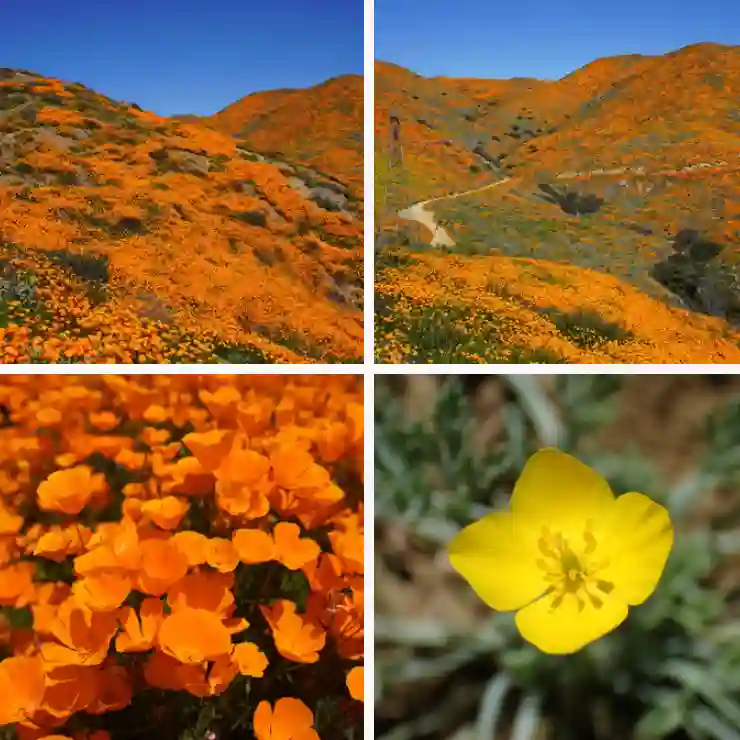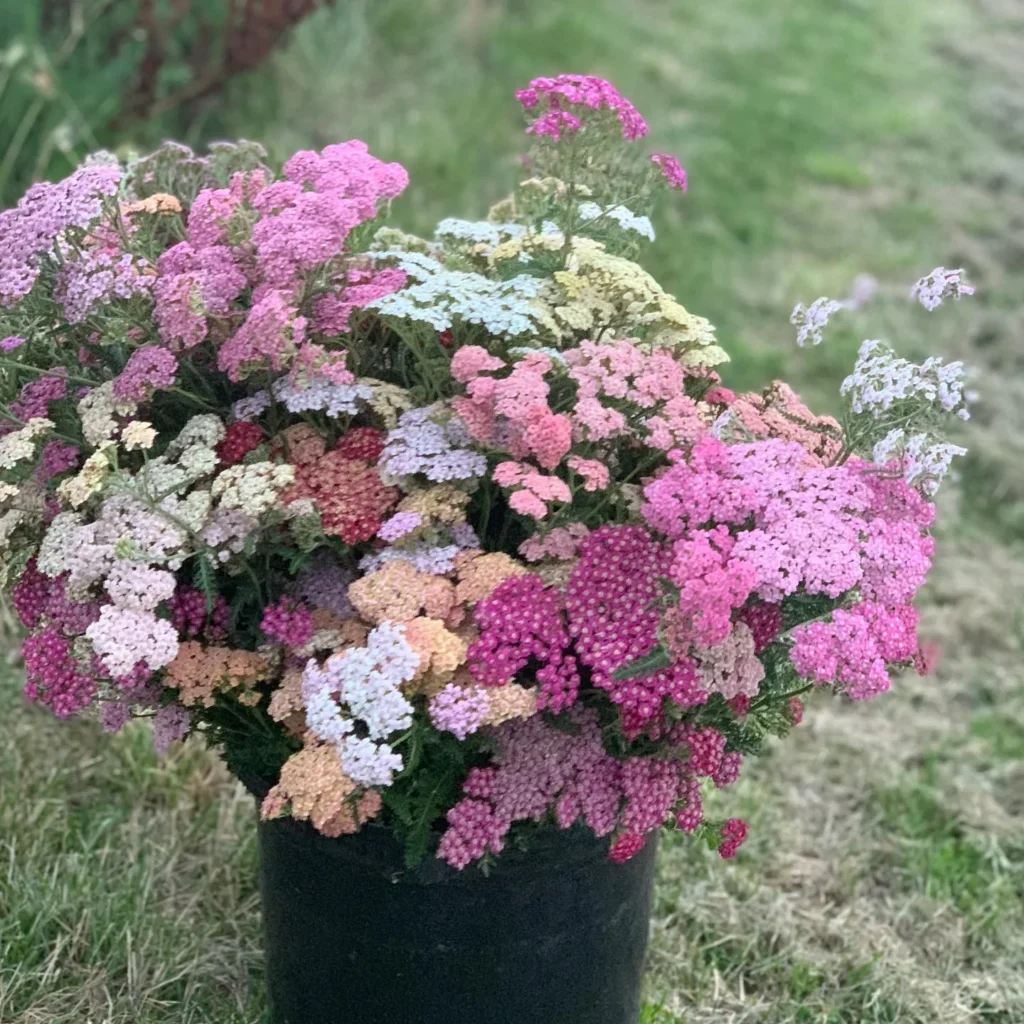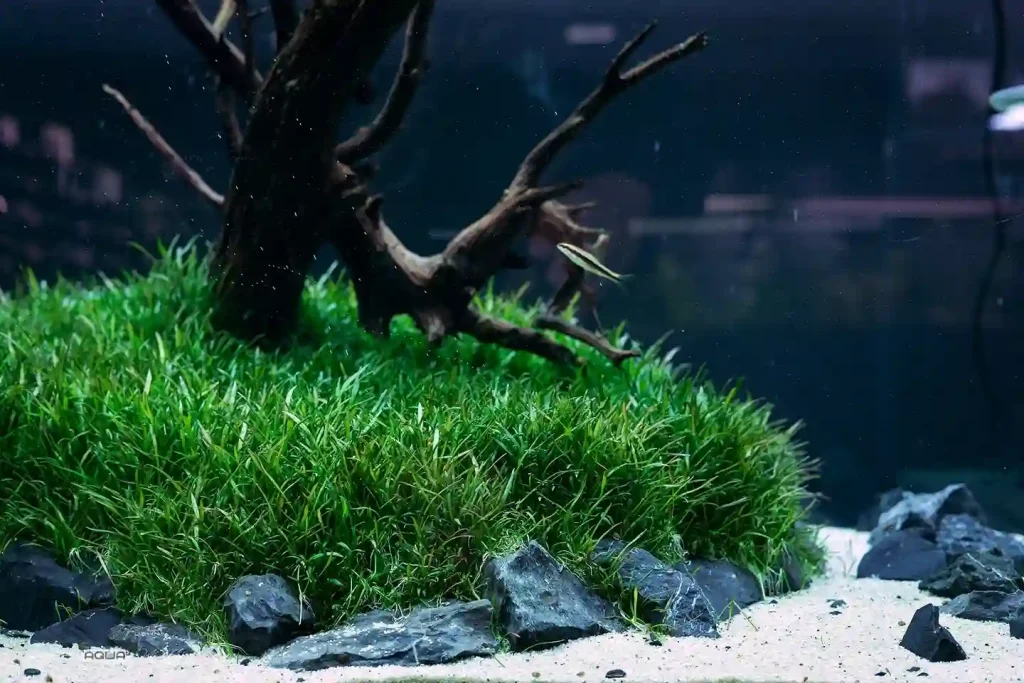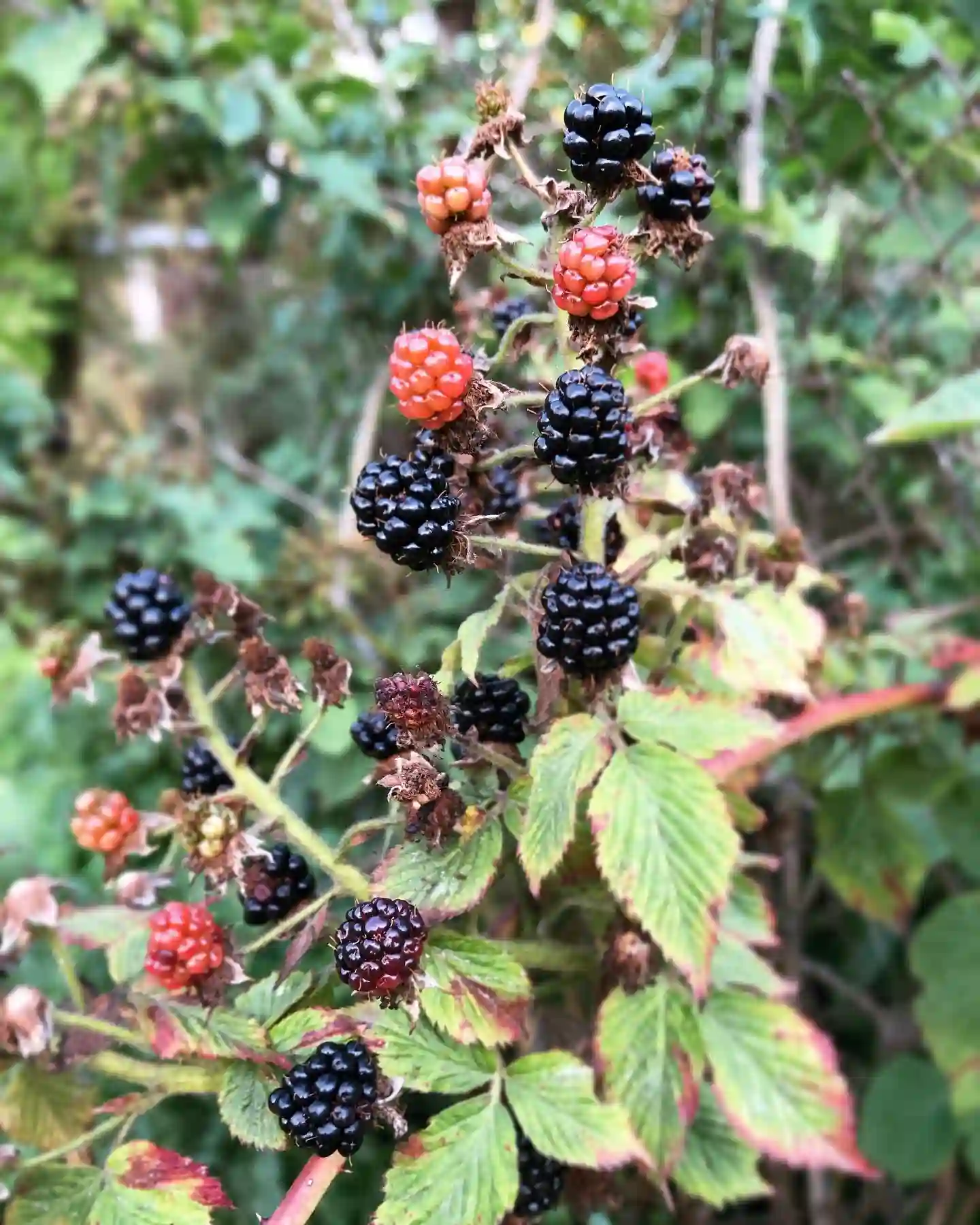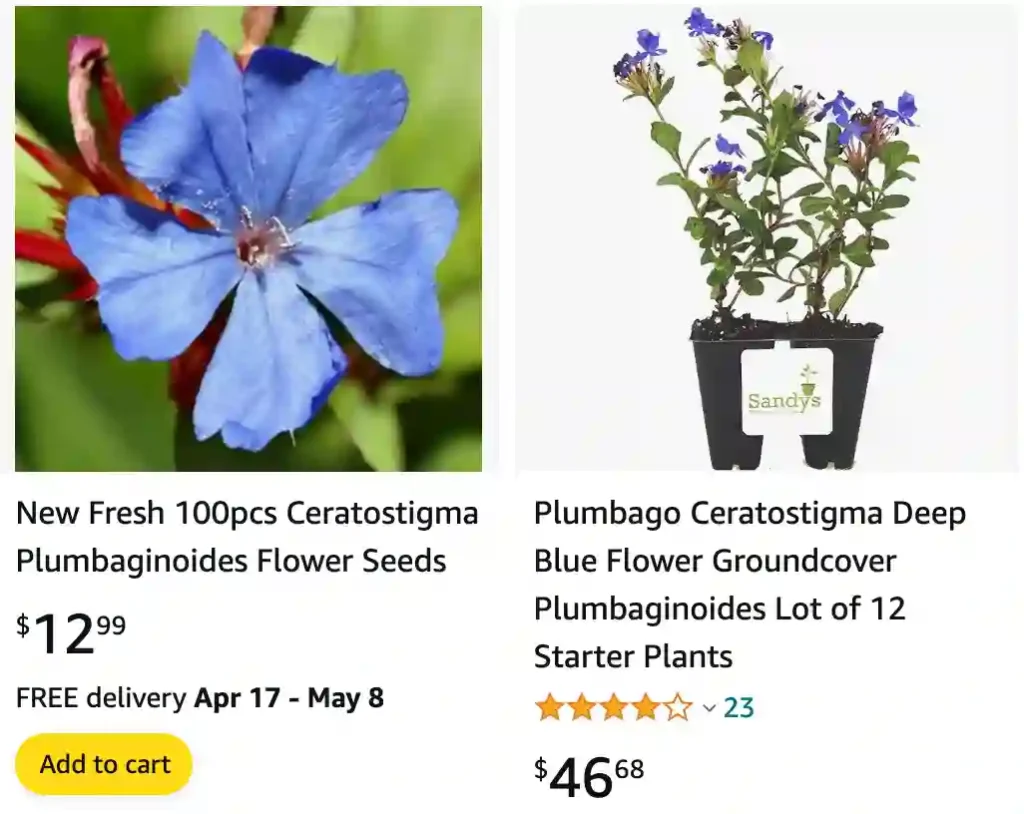
A Gardener’s Guide to Ceratostigma Plumbaginoides: The Low-Maintenance Beauty
For years, I’ve been on the hunt for the perfect groundcover. Something that thrives with minimal fuss, adds a pop of color, and tolerates a range of light conditions. Enter Ceratostigma plumbaginoides, also known as dwarf plumbago or leadwort. This little powerhouse has quickly become a favorite in my garden, and I’m here to share its secrets with you.
Ceratostigma plumbaginoides vs willmottianum
I’ve grown Ceratostigma plumbaginoides in my garden, and I’ve found it to be a resilient, low-maintenance plant with lovely blue flowers that really pop against the green foliage. On the other hand, Ceratostigma willmottianum has been a bit more challenging for me; it tends to be a bit more finicky with its water and soil requirements, but its striking fall color is worth the extra effort.
How Tall Does Ceratostigma Plumbaginoides Get?
Ceratostigma plumbaginoides won’t steal the spotlight with its height. It’s a compact grower, typically reaching only 9-12 inches tall. This makes it ideal for edging pathways, filling in around taller plants, or creating a vibrant low-growing border.
Identifying Ceratostigma Plumbaginoides: More Than Just Blue Blooms
While the star attraction of Ceratostigma plumbaginoides is undoubtedly its stunning display of sapphire blue flowers, there’s more to this plant than meets the eye. Its wiry stems form an attractive mat, clothed in oval, shiny green leaves that transform into a fiery display of bronze and red hues come fall. This adds year-round interest, even after the flowers have faded.
How to care for Ceratostigma Plumbaginoides?
The beauty of Ceratostigma plumbaginoides extends to its ease of care. It’s a low-maintenance plant that thrives in average, well-drained soil. Here’s how to give yours a happy home:
- Light: Ceratostigma plumbaginoides is adaptable, tolerating full sun to part shade. However, in hot climates, afternoon shade can be beneficial to prevent scorching.
- Watering: Water regularly, especially during the first growing season, to establish a strong root system. Once established, it’s fairly drought-tolerant.
- Feeding: While not essential, a light feeding of balanced fertilizer in spring can encourage vibrant blooms.
- Mulching: Apply a layer of mulch around the base of the plant to retain moisture and suppress weeds.
Pruning Ceratostigma Plumbaginoides: Keeping it Tidy
Pruning Ceratostigma plumbaginoides is a breeze. In late winter or early spring, before new growth emerges, simply shear or mow the plant back to about an inch from the ground. This will remove any winter-worn foliage and encourage fresh, bushy growth.
Is Ceratostigma Plumbaginoides Invasive?
While Ceratostigma plumbaginoides spreads by underground rhizomes, it’s not considered invasive. Its growth rate is moderate, and it’s easily controlled by dividing clumps every few years if needed.
Is Ceratostigma Plumbaginoides Poisonous to Dogs?
Good news for dog owners! Ceratostigma plumbaginoides is not listed as toxic to dogs by the American Society for the Prevention of Cruelty to Animals (ASPCA). However, it’s always best to supervise your furry friend around any new plant introduction in your garden.
Beyond the Basics: Companion Planting and Additional Tips
Ceratostigma plumbaginoides is a versatile plant that plays well with others. Here are a few ideas for companion planting:
- Spring Bulbs: Tuck daffodils or tulips amongst the Ceratostigma plumbaginoides for a burst of color in early spring.
- Ornamental Grasses: The contrasting textures of feathery grasses like Calamagrostis or Miscanthus add a touch of drama.
- Perennials: Lavender, with its complementary purple blooms and fragrant foliage, creates a harmonious combination.
- Shrubs: Plant Ceratostigma plumbaginoides around the base of shrubs like butterfly bush (Buddleia davidii) to create a low-maintenance groundcover and add a pop of color.
For container gardeners, Ceratostigma plumbaginoides can be a charming addition to window boxes or patio pots. Just ensure the container has drainage holes and use a good quality potting mix.
Conclusion: Why You Should Consider Ceratostigma Plumbaginoides?
With its low-maintenance nature, beautiful blooms, and attractive foliage, Ceratostigma plumbaginoides is a winner in my book. It adds color and texture to any garden, without demanding constant attention. So, if you’re looking for a reliable groundcover that delivers on both beauty and ease, give Ceratostigma plumbaginoides a try. You won’t be disappointed.
If i die, water my plants!
